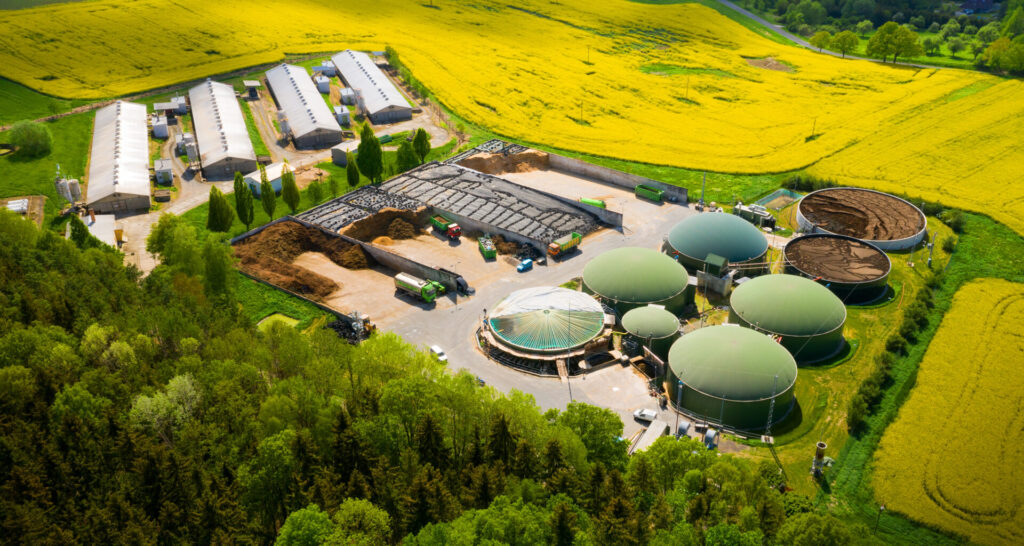Biomass: a key lever for industrial decarbonisation

Using biomass as an energy source is another viable alternative to fossil fuels for producing process heat, which is industry’s main energy demand.
Biomass refers to any organic material of plant or animal origin that can be converted into energy. When used in boilers or cogeneration systems, biomass can be used to produce heat or electricity. Unlike fossil fuels, whose combustion releases massive quantities of CO2 into the atmosphere, biomass has a considerable advantage: the carbon it emits during combustion comes from the CO2 that the plant has captured during its growth. This phenomenon, known as carbon neutrality, means that using biomass to produce energy does not contribute to a net increase in CO2 in the atmosphere.
Biomass can come from a number of sources: agricultural waste, forestry residues, household waste, or crops grown specifically for energy (miscanthus, sorghum). These materials can be burned directly to produce heat, or converted into biogas or bioenergy through processes such as pyrolysis or gasification.

Pyrolysis and gasification processes convert biomass into bioenergy in a more efficient form than direct combustion. Pyrolysis involves heating biomass in the absence of oxygen, which breaks it down into charcoal, bioenergy oil and combustible gases. This process has the advantage of producing solid and liquid fuels that can be used to produce energy or chemicals, while generating fewer pollutants than direct combustion. Gasification, on the other hand, transforms biomass into synthesis gas (mainly carbon monoxide, hydrogen and carbon dioxide) by heating it to a high temperature with a limited amount of oxygen. This gas can then be used to produce electricity, heat or be converted into biofuels. These processes offer higher energy yields than direct combustion, in particular by enabling biomass to be used more fully, reducing emissions and providing greater flexibility in industrial applications. Economically, these technologies also make it possible to maximise the added value of biomass residues by producing various types of energy or products from the same resource.
As part of industrial decarbonisation, biomass can replace fossil fuels such as coal, oil or natural gas, which are traditionally used in industrial thermal processes (heating, drying, melting, etc.). Biomass is a sustainable energy resource that can be burnt directly in boilers, grate furnaces or fluidised beds.
As well as reducing CO2 emissions, the use of biomass contributes to more sustainable management of natural resources, by recovering waste and creating new economic sectors. However, the sustainability of the resource must be taken into account, as the use of biomass must not compete with other uses whose production is sustainable (effluents, crop residues, etc.) in order to avoid the pitfall of excessive use of agricultural land for energy crops, which could lead to conflicts of use with food production. Taking into account the impact on biodiversity and the use of agricultural land is therefore an essential parameter.
More news News


